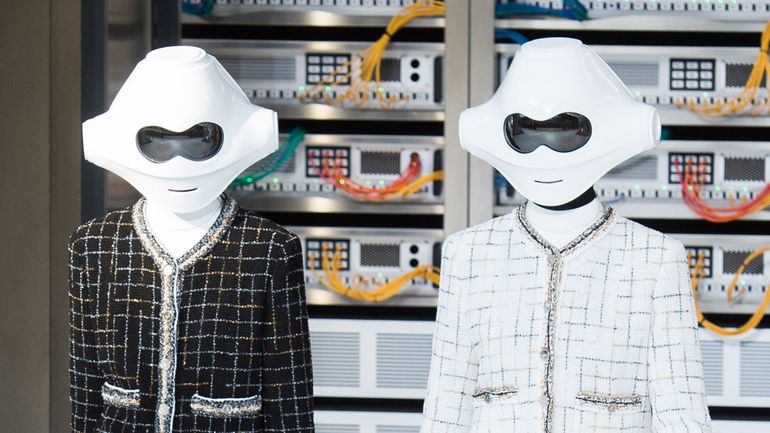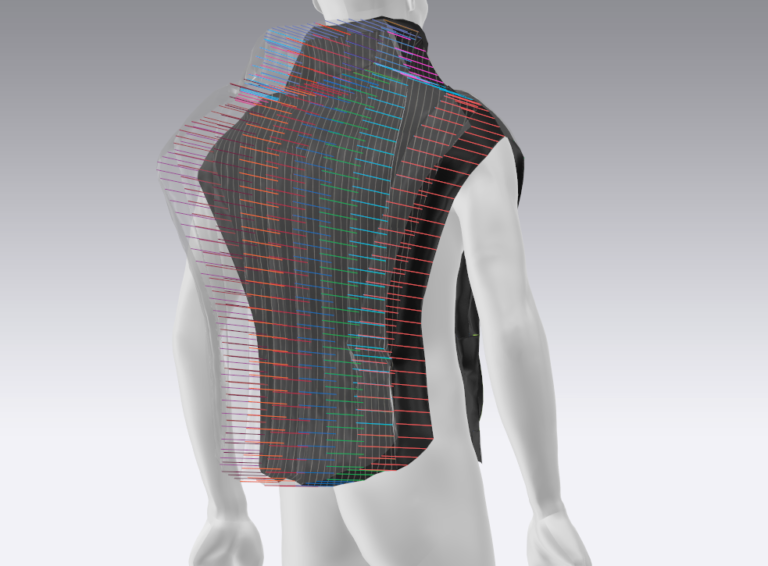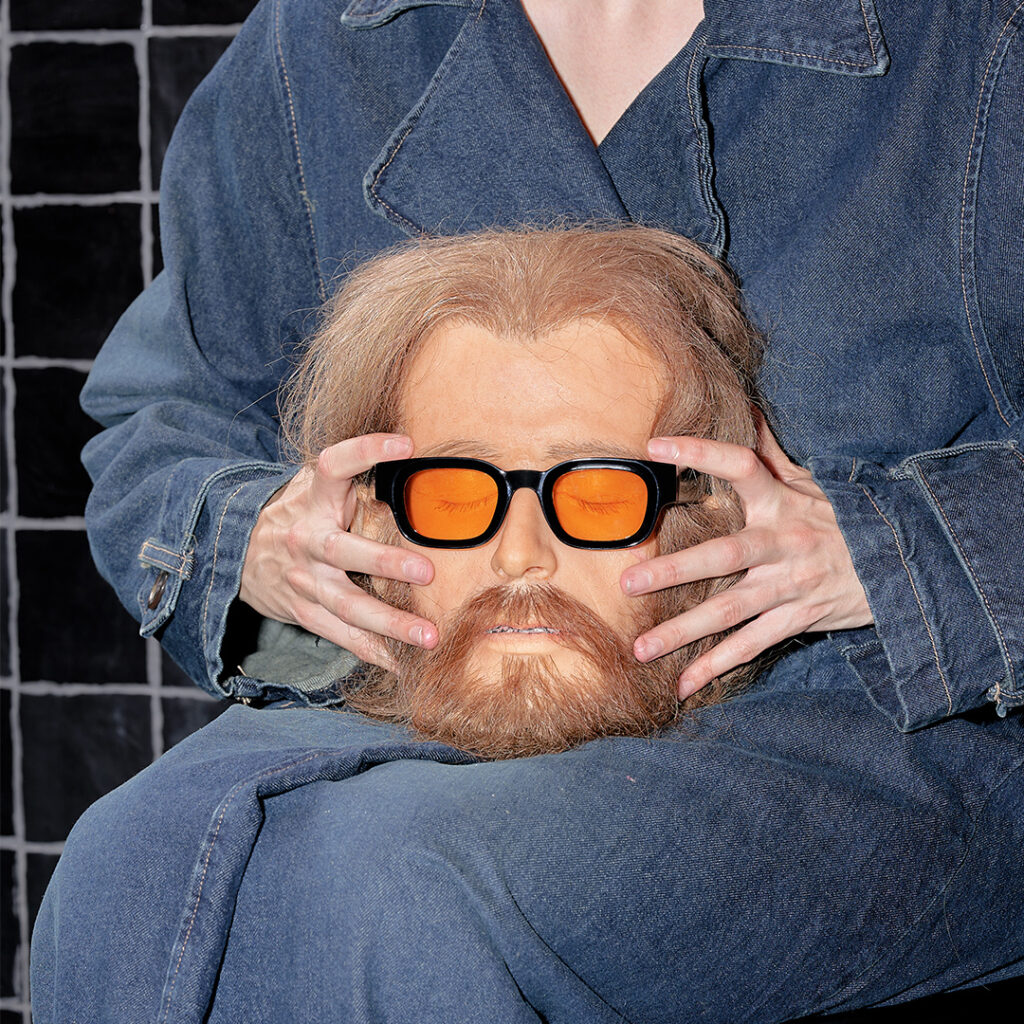The union between fashion and technology introduced us to many brilliant innovations over the years, both concrete and abstract, from mass production machinery to the birth of digital fashion, constantly encouraging us to think outside the box. In which case, can’t deny technology’s transformative effect on the fashion industry.
Now we have faced a new 3D technology-based production method that has shaken the fashion industry to the core. And to be honest, we won’t expect this trend to die out anytime soon. Quite the opposite, we believe this will continue to transform the industry. Follow us as we delve into exactly how 3D technology can conquer the sector?
3D models help reduce production costs
From the roots to the fruit of the design process, 3D technology opens up a fresh path of evolution for the fashion industry. Innovation provides 3D designers who want to elevate their creation process with an alternative digital platform, and a good deal of tools too.
Additionally, companies don’t need to produce the final physical version of the garment unless the client demands so. Due to these new methods, fashion designers can sample their garments digitally at the beginning of the process and even do a 3D-fitting with digital avatars of customers at the very end of this stage before physically producing any item of clothing.
Source: Alexander McQueen
Complete digital construction saves a significant amount of time and money in two main ways: firstly, the time required to construct samples would be reduced because every minor mistake or measurement error could be fixed digitally, instead of starting the sample from scratch. The 3D design process can reclaim a lot of valuable time that fashion companies need in our fast-paced, economically-driven world.
Secondly, 3D modeling helps save economic resources even after the design process. If a material end-product has a non-ideal fit that can’t be fixed with ease, a completely new piece would have to be made. 3D technology can prevent this entirely new – and probably non-predicted – cost for the fashion brand because adjustments can be completed digitally to fit the customer’s avatar at fitting rehearsals.
With extra time and budget, fashion brands can invest in digital business models more, seeing as these tech transformations have many more advantages.
3D technology triggers an environmentally conscious method of production
As we have all probably heard before, the fashion industry is responsible for a high amount of waste generated globally, most of which is created during the manufacturing process. There are many reasons for this, from old samples to surplus garments, and even unfit finished clothes add to the pile of fashion-driven junk.
The apparel industry is taking necessary steps towards reducing its carbon emissions and increasing the use of eco-friendly, recycled materials. Fashion brands are joining this trend to create a cleaner, livable future. As digital technologies improve, new options to achieve this goal are made available.

3D technology approaches the sustainability problem from a unique perspective. As mentioned before, samples and drafts can be created digitally with this technology. This would limit the volume of waste generated from the production process. There’s no doubt about it; sample and unfit end-product waste can be avoided.
Through 3D technology, you can have lower costs while being environmentally conscious. It’s almost like you get to have your own cake and eat it too!
3D technology strengthens the bond between fashion and technology
We can’t deny the positive effect of technology on the fashion industry. From mass-production machines to automated packing gadgets, technology has become the base of the manufacturing process in the fashion industry. Moreover, light technology devices like sketchpads find their place at the heart of the design process too.
On top of that, technology has also entered our collective consciousness as an idea that inspires futuristic-tech garments, like a muse would do.
Understanding technology can make a massive difference for the tech revolution in the fashion industry. Because even though it has been a part of the design and production process for a long time now, it was solely used in the context of physically producing clothes until recent years. Lately, one can appreciate that recent innovations became heroic allies of the design process, and we believe 3D technology triggered this transformation.

Source: Else Corp
One day, the designer might open their design project and decide to make some adjustments that they deem necessary. But, what would they do if they needed an unbiased, neutral opinion to check whether the garments could make the cut? Peer review is an option, as well as brainstorming with the crew. However, especially now when the design process is becoming digital with 3D technology, why not have designers consider a digital opinion?
Artificial intelligence has been introduced as one of the input factors for fashion production very recently. As an example, we present to you – Chimera. Holding the name of a mythical monster, in reality, it is an artificial intelligence creation that has an immense machine-learning capacity and is a fashion expert. Chimera learns clients’ preferences and co-creates the garments with the designer.
Inspiration-wise, AI can help designers a lot because they would have another non-human point of view. It can generate a dream garment after the customer answers a few questions about their clothing preferences. The collections end up being a collaboration between the designer and AI. Human and technology, brainpower and machine learning combine their forces to design for the future, in the present.

Customers are not used to seeing this technology and may have some resentments at first. We all remember – or hear – stories about the early-internet era, where one was hesitant to share their real name. Then, humanity shook off the anxiety and real-lized the internet. Now, we’re creating a new reality on online networks. With time, we adjusted ourselves to the life on the web and started to enjoy it.
Can we recreate this pattern for AI and overcome our concerns to let a new technology make our lives easier? Only time will tell for sure.
Transforming business models in line with 3D technology
Even though you may be committed to change and improvement in your business, implementing new technologies at times, may seem like a challenge at first glance. Although one may be aware of the potential these technologies hold, it’s rather normal to wonder how on earth one can begin this process.
Know what you want and take the first step.
-Eric Franzel, IGWT

When you know what you want, all you need is to take the leap of faith. Dutch streetwear phenomenon In Gold We Trust have recently collaborated with outdoor brand extraordinaire Nomad to create apparel for the digital nomad dropping in March. 3D technology is used for sampling and fitting processes. This was the first collection that used 3D technology, yet it reflects the same high standards that IGWT embodies. So, physical sampling and fitting aren’t necessary to maintain the quality of the garments.
3D models and 3D printing technology in the fashion industry may seem optional now, reserved for the time when you want to shift to environmentally conscious production. However, if we look at the digitalization trend, the cost-benefit balance, and the haunting climate crisis that our planet is suffering, 3D technology has the potential to be a cornerstone of the future fashion industry.
















